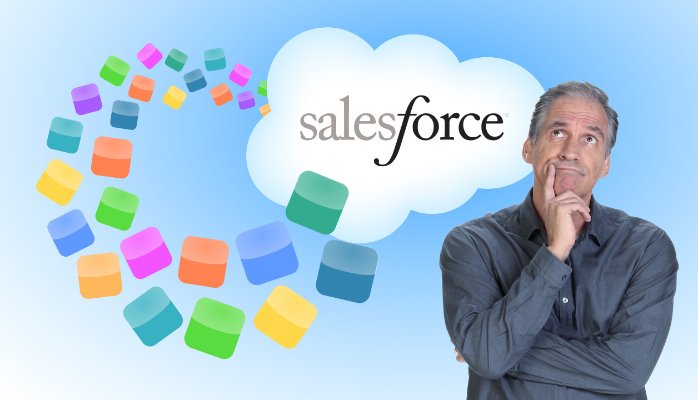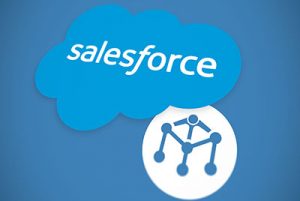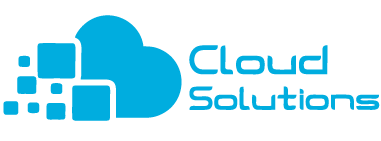
Some of the usual tasks of a Salesforce developer have been listed below:
· Customizing the Salesforce environment for the customer according to their usage.
· Integrating it with other systems.
· Developing customized apps for mobiles or websites.
Salesforce has garnered a huge amount of popularity due to the various tools it provides to its developers as well as end-users. Salesforce provides a dashboard feature to the users which may help them to make decisions depending on the incoming data in real time as well as reports generated using this information. With the market trend changing every other day, the dashboard has made it possible for users to identify trends accurately and proceed ahead using this information.
The Reports feature in the Salesforce package serves the same purpose as the dashboard, i.e. to provide information to the business order in real time to make decisions accordingly. The Reports feature includes controls like Run Reports and Schedule Reports which can help customize the generated reports as well set a regular schedule to generate reports. Setting up the Reports feature is a primary requirement of the dashboard, as without it the dashboard cannot provide any benefit to the users.

Most users are initially intimidated by Salesforce as they are not aware of how it works and the features it provides. A quick perusal through a Salesforce CRM tutorial for beginners can smooth this issue. It has a very easy to use platform thereby appealing to customers who are not very tech-savvy as well. The features included in Salesforce are easily understandable and can be followed with ease by the end user. Since Salesforce offers a lot of functionality along with easy integrations, most organizations prefer to set it up to improve their business relations with their clients. Since the tools that accompany Salesforce are very flexible, making it customizable according to the business requirements. It also makes it easier to implement across any business model. Salesforce has been long proclaimed o support excellent user resources as it is designed to offer the user i.e. the customer of the business with more features and services thereby maximizing customer satisfaction which ultimately leads to more revenue for the business.
